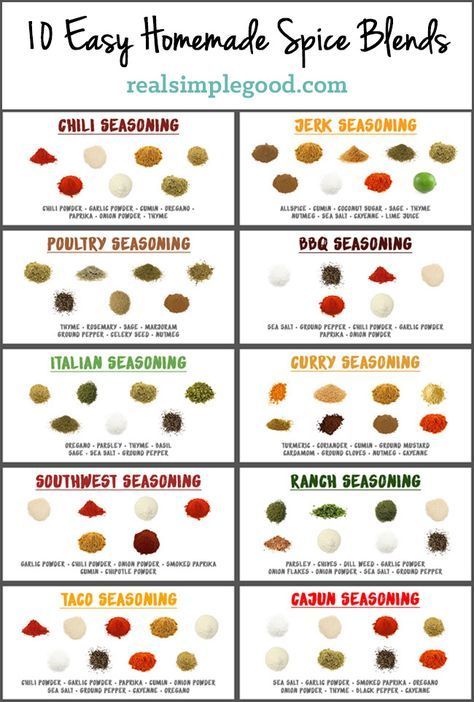Physical Address
304 North Cardinal St.
Dorchester Center, MA 02124
Physical Address
304 North Cardinal St.
Dorchester Center, MA 02124

The exact history and origins of curry are complex and varied, as this flavorful dish has been enjoyed by different cultures around the world for centuries. The origins of curry can be traced back to the Indian subcontinent, where it has been a staple of Indian cuisine for thousands of years. In fact, the word “curry” itself is believed to have originated from the Tamil word “kari”, which means sauce or gravy.
However, it is important to note that curry is not limited to Indian cuisine alone. As trade routes expanded and explorers navigated the globe, curry made its way to various parts of the world, including Southeast Asia, the Caribbean, and Africa. Each region has put its own unique spin on curry, incorporating local ingredients and flavors to create distinct and delicious variations. This cross-cultural exchange has contributed to the diversity and popularity of curry as we know it today.
There is an incredible variety of chillies available, each with its own unique flavor, heat level, and characteristic. These fiery peppers are a staple ingredient in many cuisines worldwide, adding depth and spice to dishes like curry. Understanding the different types of chillies can help you to choose the right one for your desired level of heat and flavor profile.
One of the most widely used chillies is the jalapeno. With a moderate level of heat, it is perfect for those who prefer a milder spice. Another popular choice is the serrano chilli, which packs a bit more heat and adds a bright, citrusy flavor to dishes. For a truly fiery kick, the habanero chilli is a go-to option. It is known for its intense heat and fruity undertones, but be cautious as it can easily overpower a dish. Exploring the world of chillies can be a delicious adventure, so don’t be afraid to experiment and discover your personal preference.
• Jalapeno: moderate level of heat, perfect for those who prefer milder spice
• Serrano chilli: packs more heat, adds bright, citrusy flavor to dishes
• Habanero chilli: intense heat with fruity undertones, caution needed as it can overpower a dish
To create a flavorful curry, it is essential to have a well-balanced combination of ingredients. One of the key components is the curry powder or paste, which brings depth and complexity to the dish. Curry powders are made by grinding together a variety of spices such as turmeric, cumin, coriander, and fenugreek. The specific blend of spices can vary depending on the regional and personal preferences, resulting in a wide range of curry flavors and heat levels.
Another crucial ingredient is the choice of protein or vegetables. Common options include chicken, beef, lamb, shrimp, tofu, or a medley of vegetables. Each brings its unique taste and texture to the curry, influencing the overall flavor profile. It is essential to choose high-quality protein or fresh vegetables to ensure the best results. Additionally, the choice of fat, such as oil or ghee, to cook the curry can contribute to the richness and mouthfeel of the dish.
The world of curry spice blends is incredibly vast and diverse, with each region and culture having its own unique variations. From the aromatic Indian garam masala to the fiery Thai red curry paste, there is a blend to suit every palate. These spice blends not only add flavor but also enhance the overall aroma and visual appeal of the dish.
In Indian cuisine, one of the most popular curry spice blends is the garam masala. This blend typically includes a combination of spices such as cumin, coriander, cardamom, cinnamon, cloves, and black pepper. The proportions of these spices can vary, giving rise to different variations of garam masala across different regions of India. Each blend has its own distinct flavor profile, ranging from mild and aromatic to bold and robust. It is often added towards the end of cooking to preserve its delicate flavors.
When it comes to preparing fresh chillies for curry, there are a few tips that can help enhance the flavor and heat of your dish. Firstly, it is important to handle chillies with caution as they can irritate the skin and eyes. To minimize this, wearing gloves while cutting or handling chillies is highly recommended. Secondly, to reduce the heat of the chillies, you can remove the seeds and inner membranes. These parts contain most of the capsaicin, the compound responsible for the spiciness. Removing them can help mellow the heat while still retaining the distinct flavor of the chillies.
Curry originated in the Indian subcontinent and has a long history dating back thousands of years. It is a staple in Indian cuisine and has since spread to various parts of the world.
There are numerous types of chillies, each with its own flavor profile and level of spiciness. Some popular varieties include jalapeno, habanero, serrano, Thai bird’s eye, and cayenne.
The essential ingredients for a flavorful curry typically include spices like cumin, coriander, turmeric, and chili powder. Other common ingredients include onions, garlic, ginger, tomatoes, and coconut milk.
Curry spice blends are pre-mixed combinations of various spices used to add depth and flavor to curries. They often include a combination of spices like turmeric, cumin, coriander, fenugreek, and cinnamon, among others.
To prepare fresh chillies for curry, start by washing them thoroughly. Then, depending on your preference, you can either remove the seeds and membranes for a milder flavor or leave them intact for a spicier kick. Chop or slice the chillies as required and add them to your curry during the cooking process.